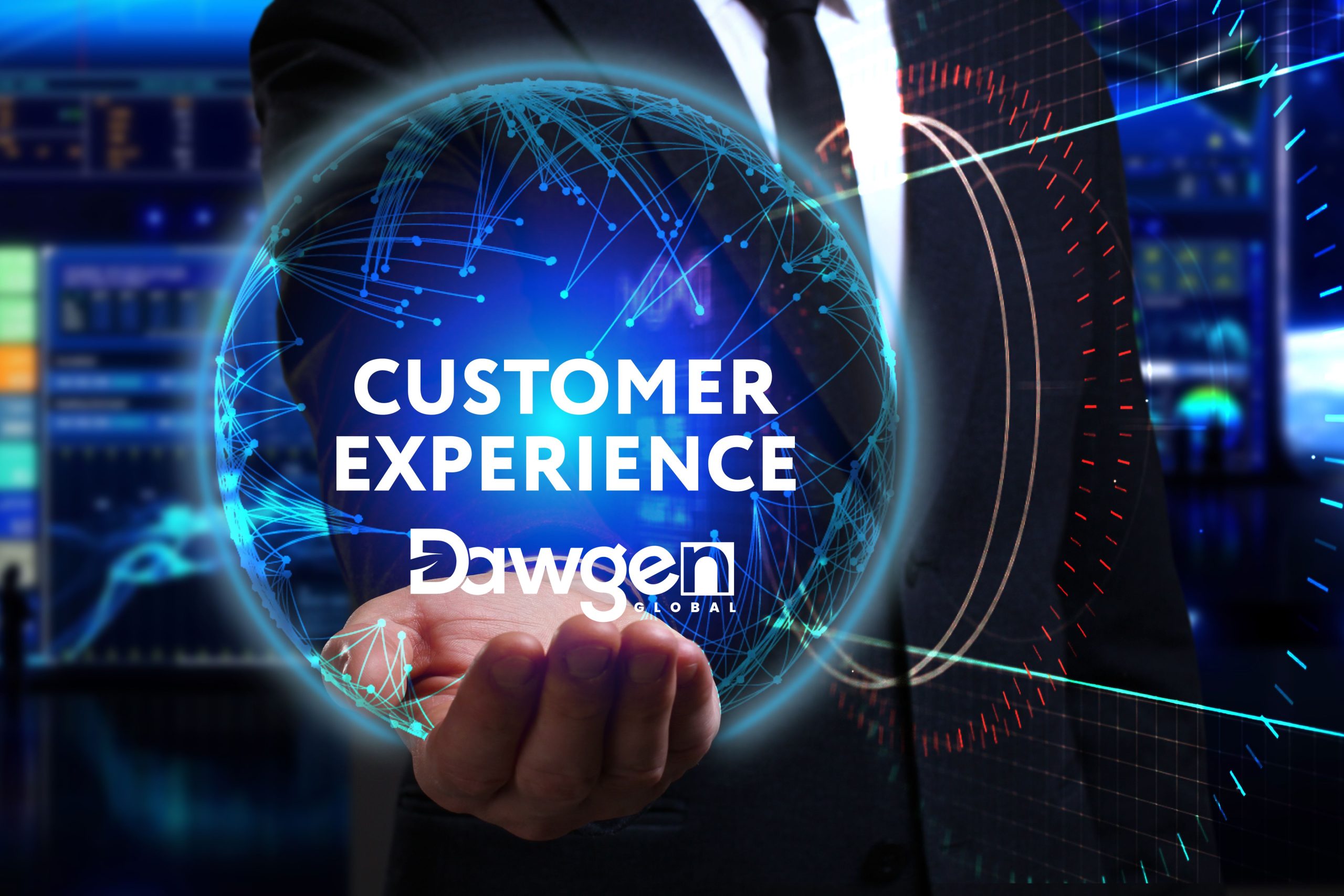
In an era where mobile technology is rapidly evolving and customer behaviors are dynamically shifting towards a multi-channel experience, businesses face the crucial task of redefining their customer engagement strategies. Mobile platforms, ranging from smartphones to smartwatches, have become central to creating a seamless and engaging customer journey. Altimeter’s framework offers a comprehensive approach to designing a Mobile Customer Experience (MCX) that not only meets but exceeds customer expectations. This article delves into a 4-phase approach, incorporating key concepts like the Altimeter Dynamic Customer Journey, Mobile Customer Profiling, Mobile Customer KPIs, Organizational Alignment, and Business Outcomes.
1. Map the Journey:
The first step is understanding the customer’s journey. This involves identifying all the touchpoints where customers interact with your brand via mobile devices. The Altimeter Dynamic Customer Journey model comes into play here, emphasizing the fluid and evolving nature of customer interactions. Mapping this journey requires a deep understanding of customer behavior and preferences across various mobile platforms. By doing so, companies can identify gaps and opportunities for innovation in their mobile strategy.
2. Design the Mobile Experience:
Once the journey is mapped, the next phase is designing the mobile experience. This phase goes beyond just aesthetics; it’s about creating an intuitive, user-friendly interface that aligns with the customers’ needs and expectations identified in the mapping phase. Mobile Customer Profiling is crucial here – understanding different customer segments and tailoring the experience to fit their unique behaviors and preferences. Dr. Dawkins Brown, the executive chairman of Dawgen Global, aptly summarizes this: “In the realm of mobile customer experience, personalization is not a luxury, but a cornerstone of customer satisfaction and business growth.”
3. Measure and Optimize:
A pivotal part of the MCX strategy involves continuously measuring its effectiveness and optimizing accordingly. This is where Mobile Customer KPIs (Key Performance Indicators) come into play. Businesses need to establish clear, measurable objectives for their mobile experience, such as increased engagement, higher conversion rates, or improved customer satisfaction scores. Regularly analyzing these KPIs allows businesses to make data-driven decisions and adapt their strategy to meet evolving customer needs and technological advancements.
4. Create Organizational Alignment:
The final phase is ensuring that there is organizational alignment regarding the mobile strategy. This means that all departments – from IT and marketing to customer service and sales – should be in sync with the MCX vision and objectives. Organizational alignment is crucial for a cohesive customer journey, ensuring that every interaction on every mobile platform is consistent and reinforces the brand’s value proposition. Additionally, aligning the MCX strategy with overall business outcomes ensures that the mobile experience contributes to broader business goals, such as revenue growth and brand loyalty.
Adopting a structured, phase-wise approach to designing a Mobile Customer Experience is crucial in today’s digital landscape. By mapping the customer journey, designing a tailored mobile experience, measuring and optimizing based on KPIs, and ensuring organizational alignment, businesses can create a mobile experience that not only meets but exceeds customer expectations. In doing so, they can turn their mobile platforms into powerful tools for customer engagement, satisfaction, and business growth. As the mobile landscape continues to evolve, this approach will be vital in staying ahead in the game of customer experience innovation and disruption.

